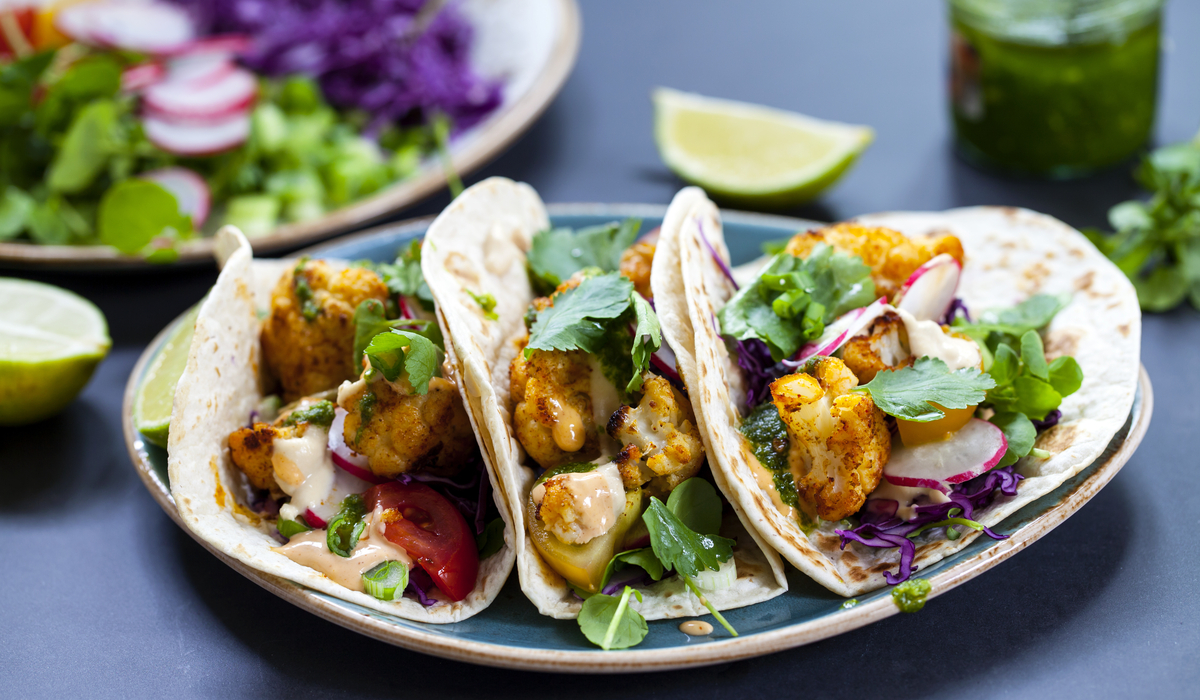Mexican tacos are some of the best snacks around. Unlike the US TexMex taco created by Glenn Bell in California in the 40s, what we know today as Taco Bell, Mexican tacos are a snack to be savored not an evening meal or large lunch like many North Americans have experienced
The history of the tortilla (the flat corn ‘bread’ that makes up the taco) and taco is not well documented. Professors of culinary history have pieced taco references together, but no one knows the actual origin of this Mexican culinary tradition.

Historical Facts About the Tortilla and Taco
- Agustín Gaytán, chef and Mexican cuisine historian, uncovered the first references that documented the cultivation of corn in the Sierra Madre mountains. The inference is that corn was seen as a religious symbol and incorporated into local cuisine to honor the gods.
- Hernando Cortez referred to the tortilla in one of his reports to Spanish leaders. Cortez landed in the New World in 1519 and sent his findings to Spain. He translated the native Nahuatl name tlaxcalli to his Spanish equivalent Tortilla. He described the tortilla as a corn flat bread sold in local markets.
- In 1529 Franciscan Friar Bernardino de Sahagun was sent to the New World (Mexico) to document all related customs to the native people so the Spanish could find the best way to colonize and Christianize the ‘Indians’. Considered one of the fathers of culinary history, e compiled and translated the culinary habits. His manuscripts give detailed accounts of corn and tortillas, tamales and chilies. His work is the most complete record of Aztec foods and eating habits known today.
- Jeffry Pilchner, a contemporary historian who has studied the history of the taco, discovered the first reference to the word taco. In the 1800s is seems Mexican miners coined the phrase “tacos de minero”, which means “miner’s tacos.” This was in reference to the gunpowder pouches they made to mine silver in Mexico. The pouches consisted of a round piece of paper that was stuffed with gunpowder, rolled up into thin pipe-like pieces and stuffed into the walls of the mines.
- The first reference to a culinary taco was in the 1905 in a San Antonio newspaper. The newspaper was reporting on the Chili Queens, Mexican women who set up food carts in the San Antonio main plaza in the late 1800s. In 1920 Mexican food carts were popping up throughout the southwestern states of the US as more Mexican workers came to the US to fill the American need for laborers.
- Back home in Mexico, there was another influx of migrants who contributed to the culinary development of the taco. Fish tacos, Tacos el Pastor, and pork tacos began to pop up all over the country.
- In the 1940s Glenn Bell opened his first Taco Bell in the US. His intention was to make Mexican food mainstream. In the process he made the hard taco shell, a US invention, as he discovered that soft taco shells has a very short shelf life.
- The rest is history. The continued love of authentic Mexico tacos has spread like wildfire internationally. The original soft shell taco is now the norm in international restaurants, as more chefs, cooks and food enthusiasts travel to Mexico. No longer is the Mexican taco viewed as the working man’s meal. It is seen as a window in the long culinary history of Mexico that is just starting to be discovered.
Where to Find Tacos in the Riviera Maya
Authentic Mexican tacos can be found in restaurants, food carts and local street vendors who sell tacos out of their baskets on the streets of any Riviera Maya city. One word of advice. Tacos are seen as a mid-morning or late evening snack. Looking for tacos midday can be a chore. Most taquerias and food stands open at 7 am with an early closing time of 2 pm and other evening food carts will start to appear at 7 pm. If you are searching for the best tacos, search during these hours, not the North American lunch time.
Find local taco stands and restaurants in the Riviera Maya on our blog, an incredible resource for local restaurants, shops, beach clubs and more in the Riviera Maya.
